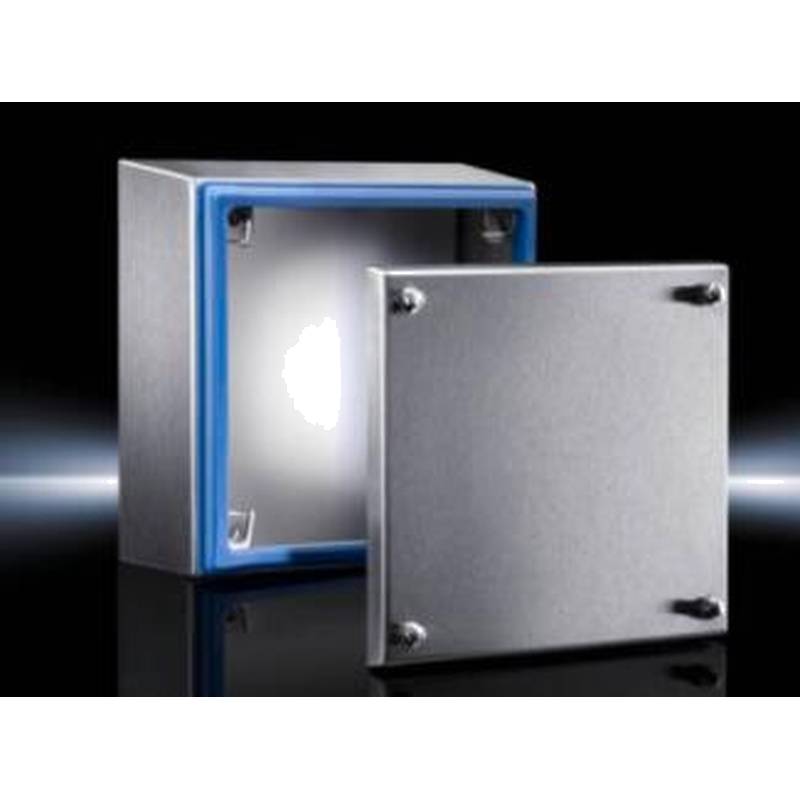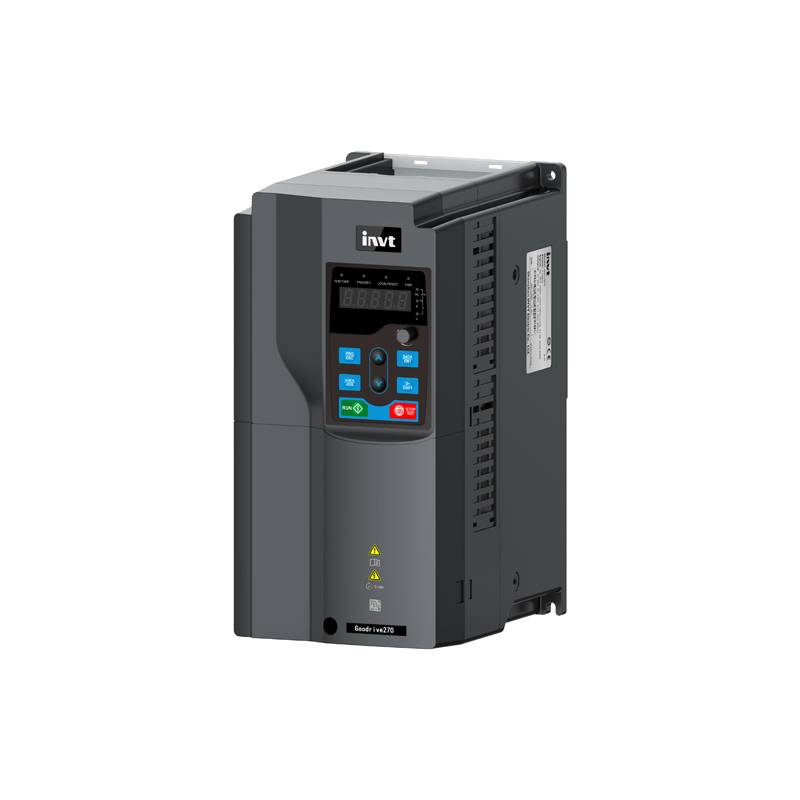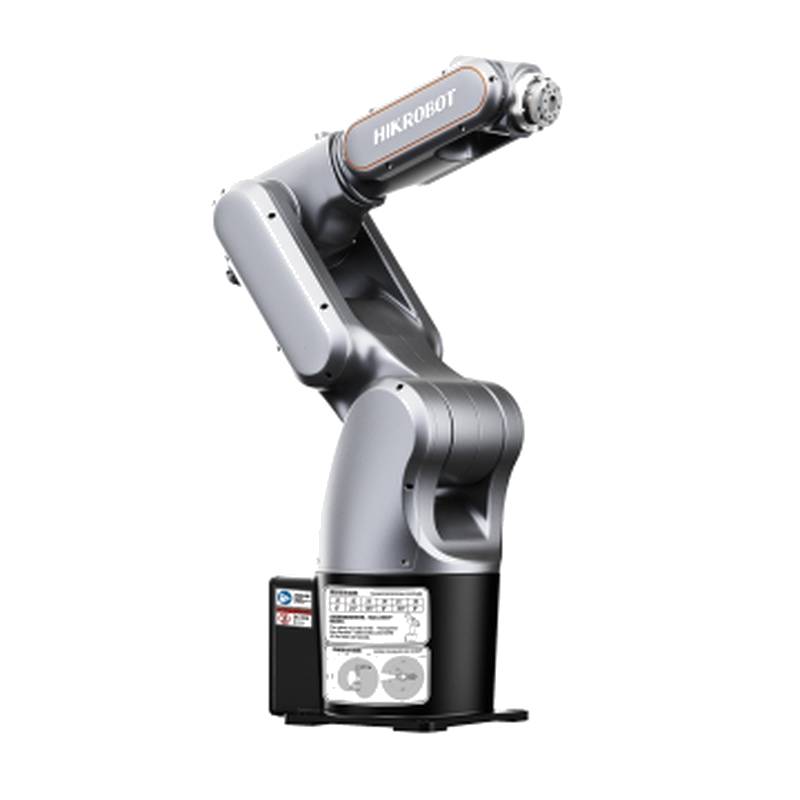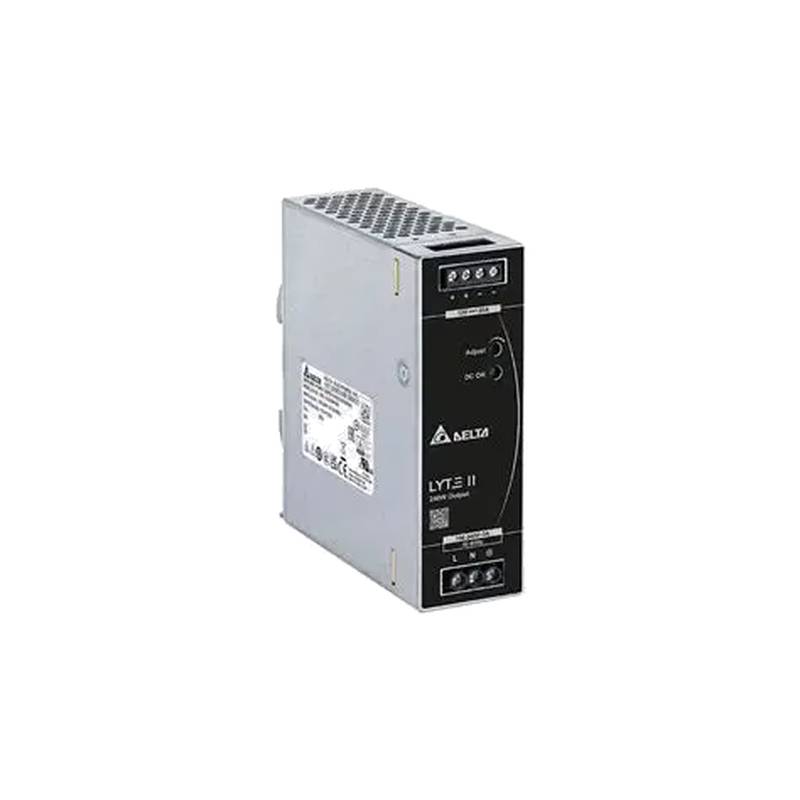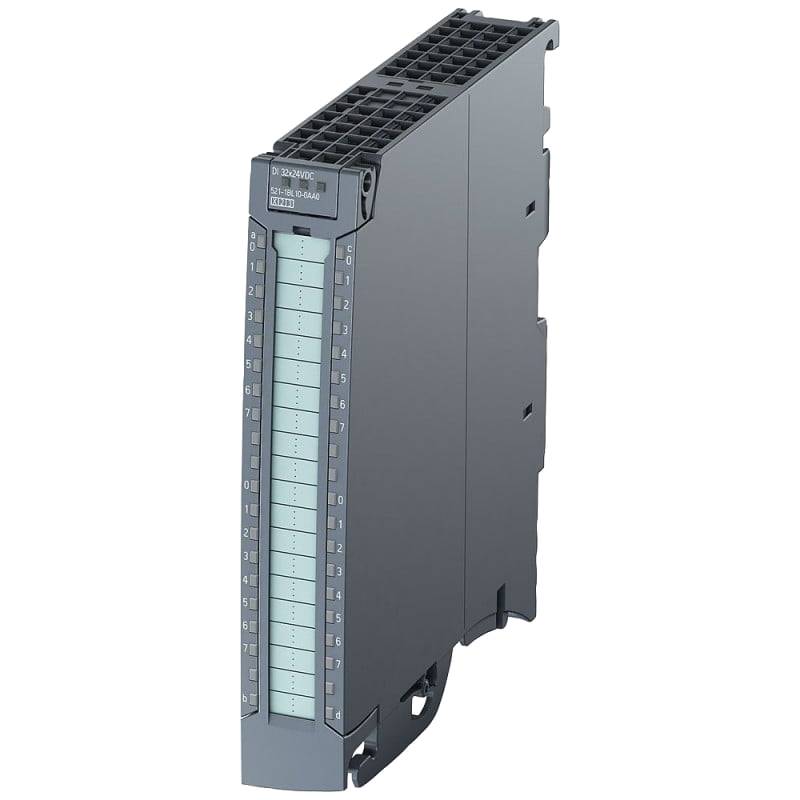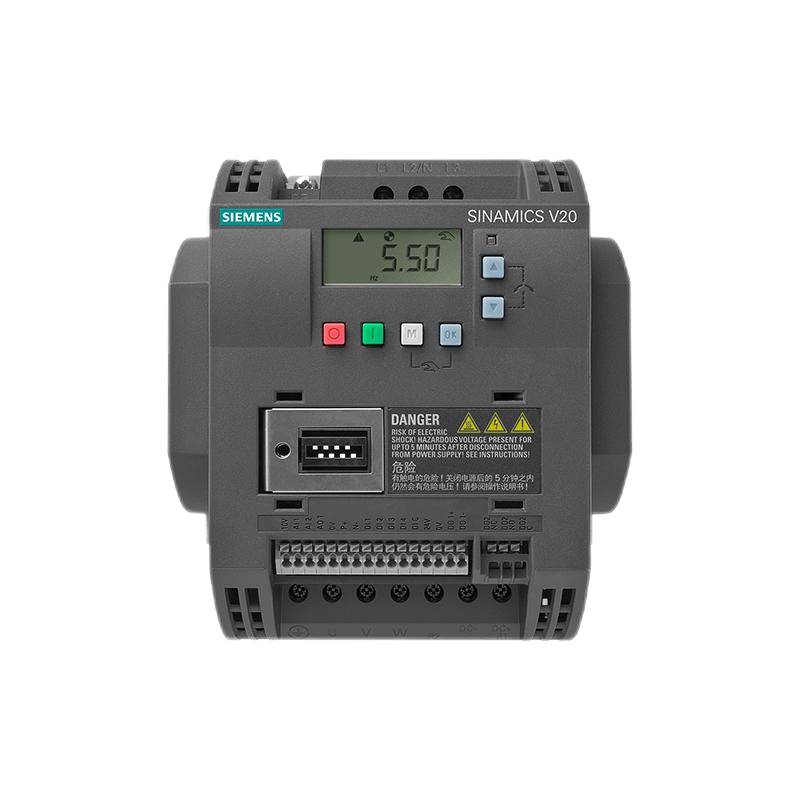
The SIMPHOENIX DL100-2S0022B Frequency Converter with Brake Function 2.2kW is a robust industrial solution designed for precise motor control and enhanced operational safety. This unit offers exceptional performance through advanced vector control technology, ensuring high starting torque and accurate speed regulation across demanding applications. Its integrated braking function provides immediate and reliable deceleration, crucial for applications where stopping precision is paramount. Key technical specifications include a power rating of 2.2kW, a 220V input voltage, and a 380V output voltage, making it suitable for a wide range of industrial machinery. The DL100 series distinguishes itself with its compact design, user-friendly interface, and comprehensive protection features, positioning it as a competitive choice for machine builders and plant engineers seeking reliability and efficiency.
Product Specifications
| Feature | Specification |
| :------------------------ | :------------------------------------------- |
| Model | SIMPHOENIX DL100-2S0022B |
| Power Rating | 2.2kW |
| Input Voltage | 220V AC |
| Output Voltage | 380V AC |
| Control Method | Vector Control |
| Braking Function | Integrated |
| Protection Features | Overcurrent, Overvoltage, Undervoltage, Overheat, Phase Loss, etc. |
| Mounting Type | Wall/DIN Rail Mounting |
| Dimensions (H x W x D) | (Specific dimensions would be listed here if available) |
| Ambient Temperature Range | (Specific range would be listed here if available) |
Core Features & Market Positioning
The SIMPHOENIX DL100-2S0022B excels with its advanced sensorless vector control, delivering superior torque response and precise speed holding, even under fluctuating loads. This capability is vital for applications demanding high dynamic performance, differentiating it from simpler V/f control drives. The integrated dynamic braking capability is a significant market advantage, offering enhanced safety and faster stopping times without requiring external braking resistors in many scenarios. This not only reduces system complexity and cost but also improves operational reliability. The DL100 series is engineered for industrial environments, featuring robust construction and comprehensive protection mechanisms against common power anomalies and operational faults, ensuring longevity and minimizing downtime. Its competitive positioning lies in offering advanced control features and integrated safety functions at a cost-effective price point, making sophisticated motor control accessible for a broader range of industrial applications.
Key Application Scenarios
This frequency converter is exceptionally well-suited for a variety of industrial tasks where precise motor control and rapid stopping are essential. Applications such as conveyor systems, packaging machinery, and material handling equipment benefit greatly from the DL100-2S0022B's accurate speed regulation and reliable braking function, ensuring consistent throughput and operational safety. Textile machinery, printing presses, and CNC machines that require dynamic speed changes and quick stops to maintain product quality and precision also represent ideal use cases. Furthermore, its suitability for pumps and fans, where energy efficiency through variable speed control is a key driver, makes it a versatile choice across multiple sectors of the manufacturing and processing industries.
Practical System Integration Guidance
Integrating the SIMPHOENIX DL100-2S0022B into an industrial setup involves straightforward wiring and parameter configuration. For power connections, ensure the input terminals are correctly connected to the 220V AC power source, and the output terminals are wired to the 380V AC three-phase motor. The integrated braking resistor (if external is not required) or connection points for an external resistor must be properly terminated. Commissioning typically involves setting basic motor parameters, such as rated voltage, frequency, and current, via the intuitive keypad interface or through communication protocols if available. Advanced settings for acceleration/deceleration times, speed limits, and braking intensity can be adjusted to match specific application requirements. Proper grounding of the unit and motor is crucial for electrical safety and noise reduction.
Operation and Risk Mitigation
Safe operation of the SIMPHOENIX DL100-2S0022B mandates adherence to electrical safety standards and proper system design. Before performing any wiring or maintenance, always de-energize the unit and confirm the absence of residual voltage. The integrated braking function should be tested periodically to ensure its effectiveness. Common operational risks include incorrect parameter settings leading to motor overspeed or inadequate braking, and environmental factors like excessive dust or moisture which can affect performance and longevity. Key error codes, such as E.01 (Overcurrent) or E.05 (Overheat), indicate specific fault conditions that require prompt investigation and resolution, often involving checking motor load, ventilation, or ambient temperature.
Scalability & Long-Term Value
The SIMPHOENIX DL100-2S0022B offers notable value through its potential for system scalability and integration with modern industrial automation. While this specific model is designed for 2.2kW applications, SIMPHOENIX offers a range of converters within the DL100 series and other product lines that can accommodate different power requirements, allowing for consistent control strategies across a plant as needs evolve. Compatibility with standard industrial communication protocols (e.g., Modbus RTU) enables seamless integration into SCADA systems and IIoT platforms, facilitating remote monitoring, diagnostics, and data analytics for enhanced operational efficiency and predictive maintenance. This forward-looking integration capability ensures the converter remains a valuable asset in increasingly connected industrial environments.
Frequently Asked Questions
1. What is the primary function of the SIMPHOENIX DL100-2S0022B frequency converter?
Its main role is to control the speed of AC motors by varying the frequency and voltage of the power supplied to them. This allows for precise speed adjustments, energy savings, and improved process control in industrial machinery.
The integrated brake function provides a rapid and controlled deceleration of the motor. This is crucial for applications requiring quick stops, such as material handling, printing, or automated assembly lines, enhancing safety and operational efficiency.
The converter also offers extensive protection features, safeguarding the motor and the drive itself against electrical faults like overcurrent, overvoltage, and overheating, thereby extending equipment lifespan and minimizing downtime.
2. How does the integrated brake function work on the DL100-2S0022B?
The brake function is typically activated when the motor needs to stop quickly or when an overhauling load is present. It uses the motor's inertia or an external braking resistor to dissipate energy.
When braking is initiated, the frequency converter injects a DC current into the motor windings, creating a braking torque that slows down the motor shaft. This process converts kinetic energy into heat.
For heavier loads or more frequent braking demands, an external braking resistor may be connected to dissipate the generated heat more effectively and prevent overheating of the converter's internal braking components.
3. What are the key advantages of using sensorless vector control in this converter?
Sensorless vector control provides excellent torque response and precise speed regulation, even without a speed encoder mounted on the motor. This simplifies installation and reduces costs for many applications.
It enables the motor to achieve high starting torque, which is critical for accelerating heavy loads from a standstill. This performance is superior to basic V/f control methods, making it suitable for more demanding industrial tasks.
The control algorithm dynamically adjusts voltage and frequency based on motor load, ensuring optimal performance and efficiency across a wide speed range, leading to smoother operation and reduced mechanical stress.
4. Can the SIMPHOENIX DL100-2S0022B be used with single-phase motors?
No, this particular model, the DL100-2S0022B, is designed to control three-phase AC motors. It takes a 220V AC single-phase input and outputs a 380V AC three-phase supply to the motor.
It is crucial to match the motor's specifications with the output capabilities of the frequency converter. Using this unit with a single-phase motor would not be appropriate and could lead to damage.
For applications requiring single-phase motor control, a different type of frequency converter or motor drive would be necessary, typically one that accepts single-phase input and outputs single-phase power, or a specialized three-phase output converter for single-phase motors.
5. What type of motors are compatible with the SIMPHOENIX DL100-2S0022B?
This frequency converter is specifically designed for three-phase induction motors. It operates by converting the input power to a variable frequency and voltage three-phase output.
The motor must be rated for the output voltage and current provided by the converter (380V AC in this case) and should have a power rating within the converter's capacity of 2.2kW.
Ensure the motor is suitable for variable frequency drive (VFD) operation. Most standard three-phase induction motors are compatible, but it's always best to consult the motor manufacturer's datasheet for specific VFD compatibility.
6. How do I set up basic motor parameters on the DL100-2S0022B?
Access the parameter menu using the keypad and navigate to the motor data settings. Input the motor's rated voltage, rated frequency, rated speed, and rated current as specified on its nameplate.
After entering these basic parameters, it's often recommended to perform an auto-tuning function if available. This process allows the converter to measure motor characteristics and optimize its control performance automatically.
Confirm these settings and exit the parameter menu. The converter should then be ready for basic operation, allowing you to control motor speed via the keypad or external control signals.
7. What are common fault codes for the DL100-2S0022B and what do they indicate?
Common fault codes include E.01 for Overcurrent, indicating the motor is drawing more current than the drive can safely provide, often due to overload or short circuits. E.05 signifies Overheat, meaning the internal temperature of the converter has exceeded its safe operating limit due to insufficient ventilation or high ambient temperatures.
E.02 typically indicates an Overvoltage fault, where the DC bus voltage becomes too high, possibly during braking or due to input power fluctuations. E.03 suggests Undervoltage, meaning the input supply voltage is too low for stable operation.
Other codes might relate to Phase Loss (input or output), Earth Fault, or communication errors, each pointing to a specific issue that needs troubleshooting to ensure safe and reliable operation of the system.
8. Is an external braking resistor always required for the SIMPHOENIX DL100-2S0022B?
No, an external braking resistor is not always required. The converter has an internal braking circuit capable of handling moderate braking demands for typical applications.
An external braking resistor becomes necessary when the motor needs to decelerate very rapidly, or when the application involves significant overhauling loads that generate a lot of regenerative energy. Without it, the internal braking chopper and resistor could overheat.
The decision to use an external resistor depends on the duty cycle, the frequency of braking operations, and the inertia of the driven load. Consult the product manual for guidelines on when an external resistor is recommended or mandatory.
9. How can this frequency converter improve energy efficiency in an application?
By precisely controlling motor speed according to the actual demand of the process, the converter significantly reduces energy consumption compared to running motors at full speed continuously. This is especially true for centrifugal loads like pumps and fans.
When a motor operates at a lower speed, its power consumption drops dramatically. For example, reducing fan speed by 20% can decrease power consumption by nearly 50%, leading to substantial energy cost savings over time.
The sophisticated control algorithms also ensure the motor operates at its optimal efficiency point, minimizing energy losses associated with inefficient operation or constant start-stop cycles.
10. What is the typical input and output voltage configuration for the DL100-2S0022B?
The SIMPHOENIX DL100-2S0022B is configured for a 220V AC single-phase input power supply. This makes it suitable for installations where only single-phase power is readily available, common in many industrial and commercial settings.
The output supplied to the motor is a three-phase 380V AC. This is achieved through the internal inversion and transformation process of the frequency converter, allowing it to drive standard three-phase industrial motors from a single-phase source.
This specific voltage configuration (220V single-phase in, 380V three-phase out) is a key feature for applications that require the power and performance of three-phase motors but are limited to single-phase power availability.

















